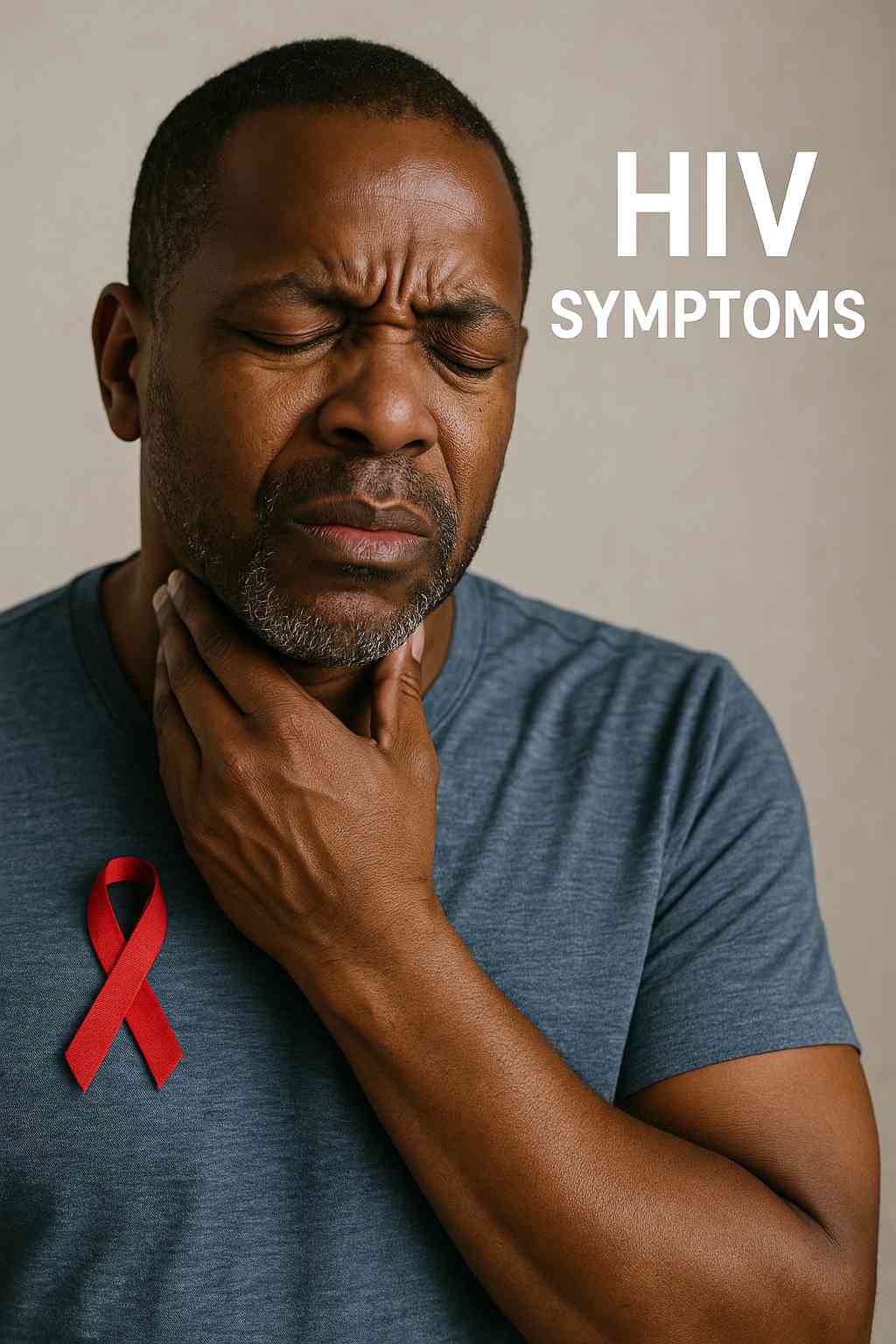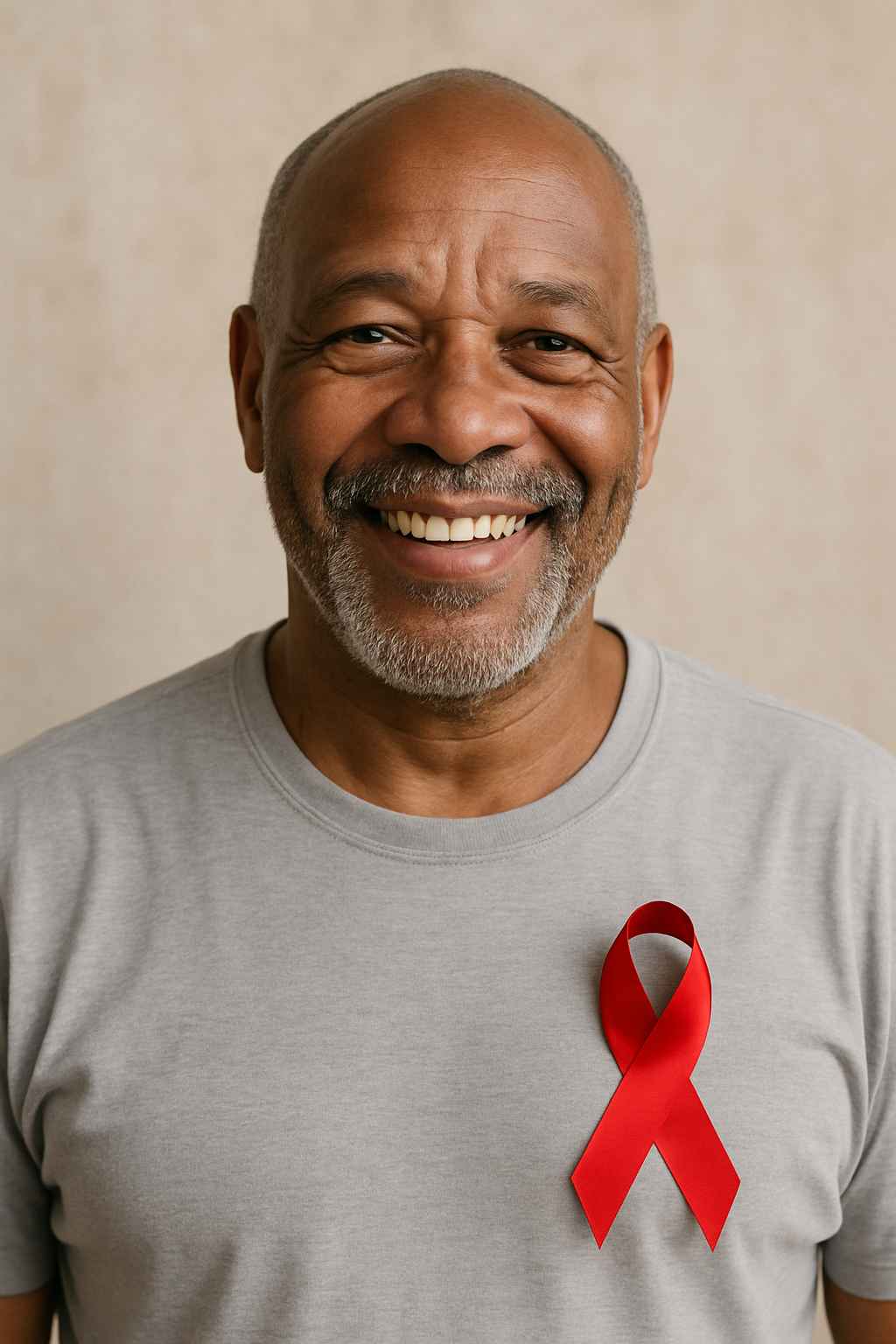
Recognizing early signs of HIV can mean the difference between timely treatment and long-term complications. Despite growing awareness, many people still overlook or misinterpret the early stages of this chronic illness. Knowing what to look for empowers individuals and caregivers alike to take action.
Table of Contents
- Understanding HIV Symptoms: A Brief Overview
- Early Stage HIV Symptoms to Watch
- When Symptoms Advance: The Chronic Phase
- Why Early Detection Matters
Understanding HIV Symptoms: A Brief Overview
The phrase “HIV symptoms” encompasses a wide array of signs that evolve over time. HIV, or human immunodeficiency virus, targets the immune system, weakening the body’s defenses against infections and diseases. Early detection can lead to a healthier outcome with prompt antiretroviral therapy (ART).
For many, symptoms may appear within 2 to 6 weeks after exposure. These are often flu-like and easily confused with other viral infections. However, unlike a common cold, HIV doesn’t go away on its own. This is why understanding these early cues is essential. In some cases, the virus remains asymptomatic for years, making routine testing critical for anyone at risk.
Early Stage HIV Symptoms to Watch
The acute stage of HIV is often referred to as acute retroviral syndrome (ARS). This is when the virus multiplies rapidly and the body reacts. During this stage, HIV symptoms may include:
- Fever
- Fatigue
- Sore throat
- Night sweats
- Swollen lymph nodes
- Rash
- Muscle aches
In addition, some individuals may experience mouth ulcers or digestive issues like nausea and diarrhea. Because these symptoms mimic other viral illnesses, they are often dismissed or misdiagnosed. In contrast to other illnesses, these signs persist or return more frequently.
It’s worth noting that some people have no noticeable symptoms in the acute phase. Regardless, they are still highly contagious. Regular testing, especially after risky behavior, is the best course of action. To stay informed, visit AIDS.org’s blog for personal stories and the latest research.
When Symptoms Advance: The Chronic Phase
Once the acute phase subsides, HIV enters a latent stage that can last years. During this period, the virus is active but reproduces at low levels. People might feel generally healthy, yet the virus is steadily damaging their immune systems.
However, over time, more persistent HIV symptoms may emerge. These include:
- Frequent respiratory infections
- Weight loss
- Ongoing fatigue
- Persistent skin conditions
- Recurring oral thrush
In women, gynecological problems such as recurrent yeast infections or pelvic inflammatory disease can be warning signs. These symptoms reflect the virus’s growing impact on the immune system. Not all symptoms are severe, but their consistency and resistance to standard treatment should raise concern.
For guidance on how to respond to these chronic signs, consider seeking professional help via Healthcare.pro. Access to early treatment reduces viral load and prevents progression to AIDS.
Why Early Detection Matters
Detecting HIV symptoms early and confirming diagnosis through testing is life-saving. Modern antiretroviral therapies can reduce viral loads to undetectable levels, making transmission virtually impossible. The U=U (Undetectable = Untransmittable) initiative has become a powerful message in global HIV prevention.
Additionally, early treatment strengthens long-term health outcomes. It also reduces healthcare costs by preventing opportunistic infections and comorbidities. People who start ART early often live nearly as long as those without HIV.
Unfortunately, stigma still deters many from getting tested or seeking help. Educating yourself and others can break that barrier. For more on our mission to spread awareness and support, visit AIDS.org’s mission page.
Conclusion
Identifying and addressing HIV symptoms promptly is one of the most effective steps toward controlling the virus. Early signs can be subtle, but persistent symptoms or unexplained health changes should never be ignored. With the right information, individuals can make proactive health decisions that extend life expectancy and quality.
FAQs
How soon after exposure do HIV symptoms appear?
Most symptoms appear 2 to 6 weeks after exposure but can vary widely.
Are all early HIV symptoms flu-like?
While many mimic the flu, other signs like rashes, night sweats, or ulcers may occur.
Can HIV be asymptomatic for years?
Yes, some individuals show no symptoms for a long time but can still spread the virus.
Is HIV curable?
Currently, there is no cure, but it is manageable with antiretroviral therapy.
When should I get tested for HIV?
Testing is recommended after potential exposure, during symptoms, or as part of routine health screening.
Disclaimer
“This content is not medical advice. For any health issues, always consult a healthcare professional. In an emergency, call 911 or your local emergency services.”



